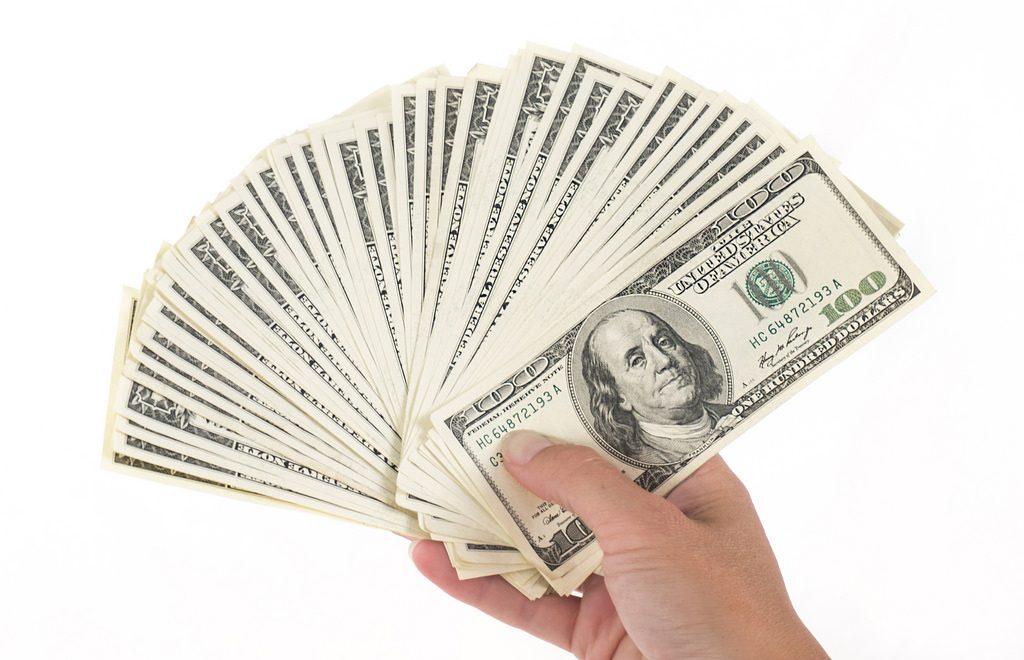
One of the most common misconceptions we run across regarding cash flow, is individuals believing that their current bank account balance is the amount of cash they have available to spend. In almost every case, this is inaccurate. There are many reasons for this. Most commonly, there are outstanding checks that haven’t cleared the bank, or there is an automatic payment that will hit the following week.
The best practice is to keep a register of all of your banking transactions so that you can know the real balance you have available to you. You can do this by using accounting systems (such as QuickBooks or Xero), using Excel, or keeping a trusty old paper checkbook register. Keeping track of the transactions as they occur (the checks you’ve written, credit card payments you’ve scheduled online, and deposits you’ve taken to the bank), will give you your actual available balance at any given time. Your true cash balance is your bank balance less any outstanding/schedule payments, plus any deposits that haven’t posted, it is NOT the balance that you see in your online banking.
Keeping track of all of your transactions also allows you to reconcile what you know you’ve done against what the bank says happened. In reviewing the records you’ve kept of the transactions you’ve made, you can check for possible errors or confirm what checks you’ve mailed, yet the recipient still has not cashed. It also never hurts to verify that the bank posted your deposit to your bank account correctly.
Cash flow management is simple in theory, but if you’re not staying on top of your daily transactions, you may fall short. You don’t want to overspend and ultimately overdraw your bank account. Keeping a record of your bank transactions will help you to know where your money is at all times.
Amelia Reynolds, Director of Client Operations
Posted in Accounting Solutions, Small Business Resources
